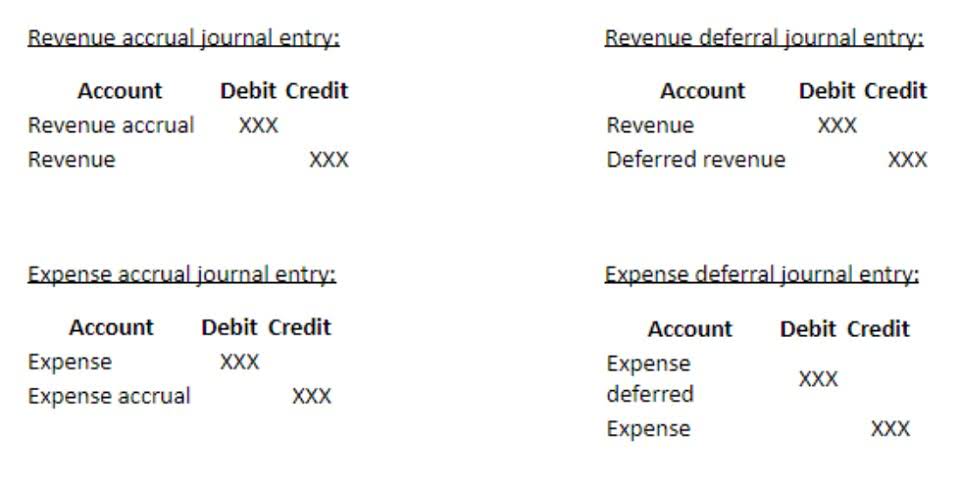
4 The American system absorbs more in unrecoverable costs due to fraud each year than the entire Canadian healthcare system costs to run! Higher costs mean less affordability and less coverage—a real thing that’s happening. The creeping loss of health insurance coverage year-over-year portends a disastrous outcome for the health and welfare of tens of millions of Americans if we don’t act. It is not uncommon for nurses or physicians to also manually review these claims during this process. Medical records may be requested to compare the claim with the medical documentation. This can be conducted for any type of procedure but most commonly with an unlisted procedure to determine medical necessity.

This creates a better patient experience and eases pressure on call center staff by removing the need for multiple time-consuming phone calls. The final phase of the healthcare claims processing cycle is the generation of the patient statement. The patient statement provides the patient clear documentation of the amount charged. The patient statement informs medical billing process the patient of any remaining balance, so that patients are notified of what unpaid amount they are responsible for. The final and most crucial part of the medical billing process is guaranteeing those bills get, well, paid. Medical Billers are in charge of mailing out billings timely, correcting medical bills, and following up with complex patients’ bills.
Monitor Adjudication
This means that the facts have been reviewed, and the result has been decided based on all of the evidence or examination provided. Interview with Matt Rolfes, CEO/CFO of MedEvolve sharing advice for healthcare leaders trying to maximize their revenue with a reduced staff. Insurance companies are reporting billion-dollar profit margins while providers are finding it increasingly difficult to stay in business. The Editorial Team at Healthcare Business Today is made up of skilled healthcare writers and experts, led by our managing editor, Daniel Casciato, who has over 25 years of experience in healthcare writing. Since 1998, we have produced compelling and informative content for numerous publications, establishing ourselves as a trusted resource for health and wellness information.
Certified professional billers are needed at all stages of the billing process but claim preparation and post-adjudication activities demonstrate the education and expertise required of this profession. To avoid claim denials, a medical practice must be diligent in confirming eligibility. A denied claim is one in that the payer rejects to do payment for the medical services supplied. This can happen when a provider bills for a procedure that is not included in a patient’s insurance coverage. This might have a procedure for a pre-existing condition (if the insurance plan does not cover such a procedure).
What is the adjudication process?
If claims are not correct the first time, they’ll fail the payer’s initial automated review, and may be denied or pushed into a queue for manual review by a claims examiner, leading to inevitable delays. Front-end claims editing tools can find errors that might prevent reimbursement, such as missing prior authorization or coordination of benefits codes. Are there any bottlenecks in the process that slow down the claims process and lead to delayed payments? Identify areas that can be improved to reduce costs and increase revenue so that you can begin to find effective solutions.
- A medical review desk will receive the claim electronically and will conduct the medical review process.
- If a payor denies a medical claim, the patient may have to submit an appeal to gain coverage for the care costs.
- Financial accountability specifies who pays what for a specific doctor’s appointment.
- That is why it is important to understand the different steps of healthcare claims processing.
- The time between the previous and current billing dates for any sale of products or provision of services is known as the billing cycle.
 Italiano
Italiano


Leave a Reply